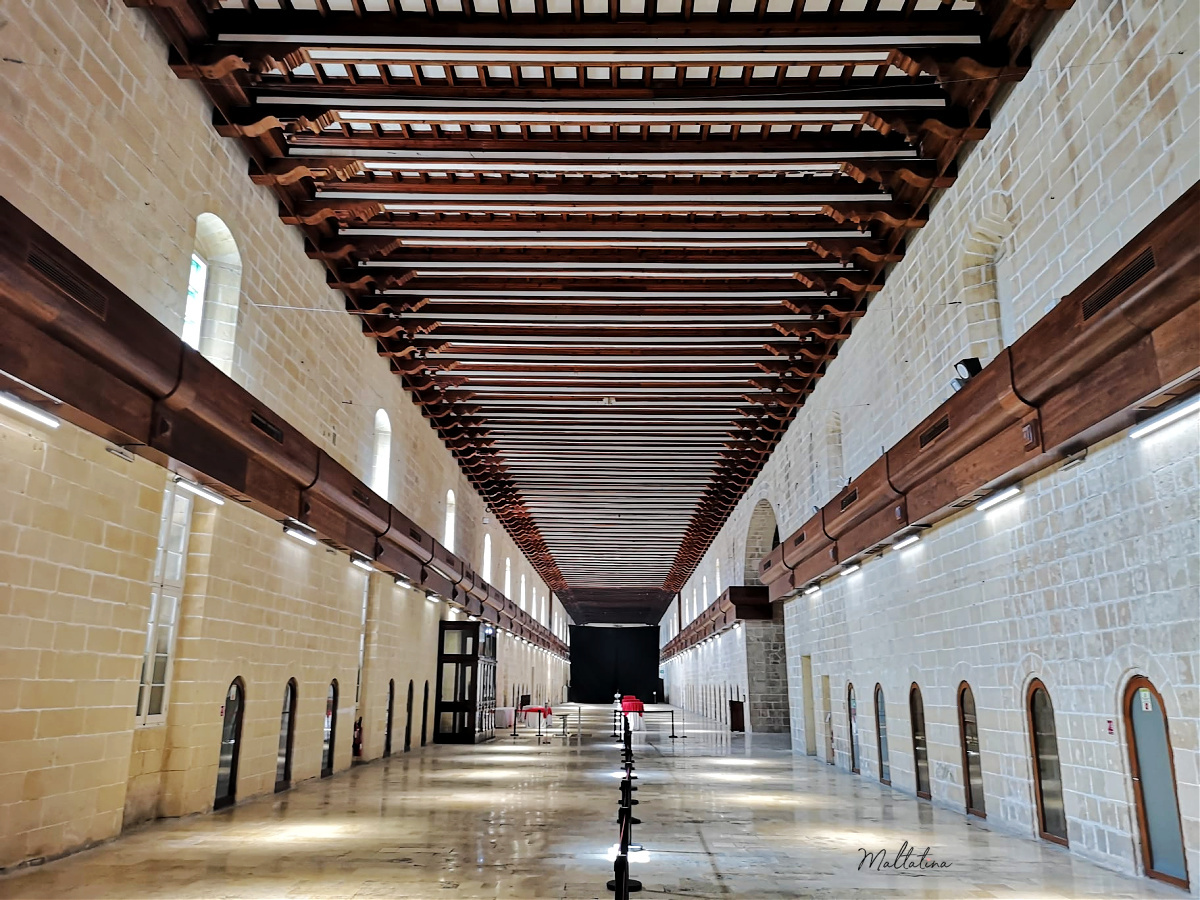Grandmaster’s Palace in Valletta
There is always something to do in Malta, even on a rainy day! And since last Saturday was a perfect example of a cold and rainy ‘English’ weather on the Maltese Islands, there was nothing better to do than stay inside. Well, I stayed inside of the Grandmaster’s Palace in Valletta admiring the beautiful State Rooms and the Palace Armoury.
It was one of the first building in the new city of Valletta to which the Knights of St. John have officially moved after Birgu in March 1571. This building stands in the heart of the World Heritage City of Valletta. It was formally known as the Grandmaster’s Palace from 1530 – 1796 and later as the Governor’s Palace during the British occupation in the 1800 – 1964.
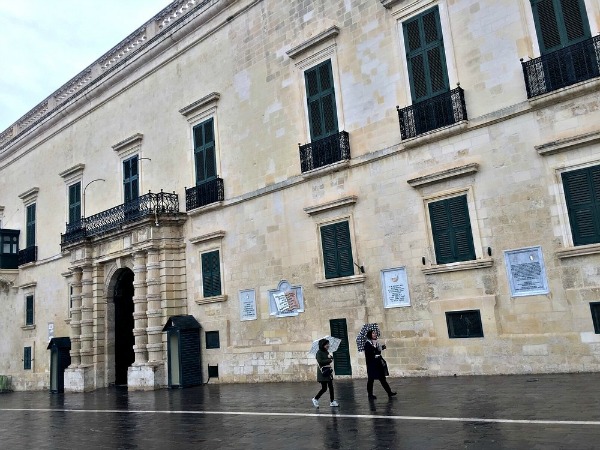
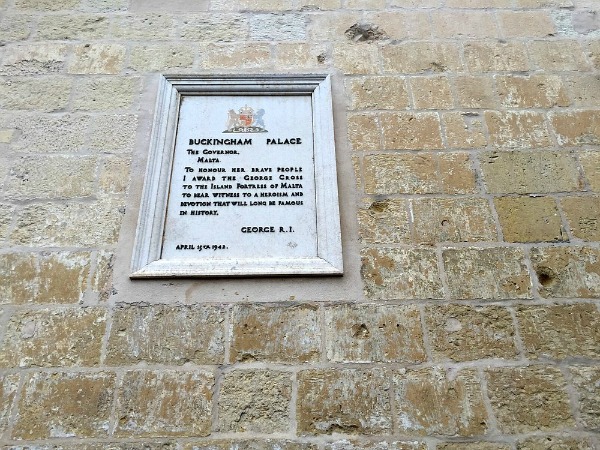
As you may know, Malta was awarded the George Cross by King George VI for the heroism and devotion of its people during the great siege they underwent during the World War II. These are the exact words from Kind George VI’s letter carved into the wall of the Grandmaster’s Palace commemorating this unique event.
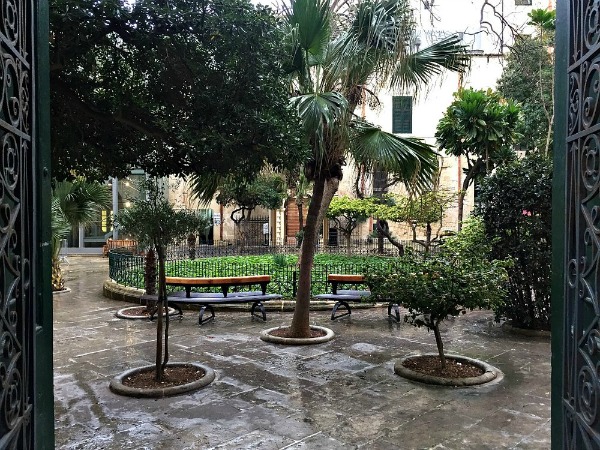
The side entrance to the Grandmaster Palace is from the Old Theatre Street. This is the view of the upper courtyard. You will walk through it, following the signs to the ticket office and soon find yourself in the lower courtyard (below) where you can notice the bronze statue of Neptune in the centre, dating back to 1615. It was originally the crowning monument of the Marina fountain facing the Grand Harbour. In 1861 Governour Gaspard le Marchant ordered its transfer to this lower courtyard.

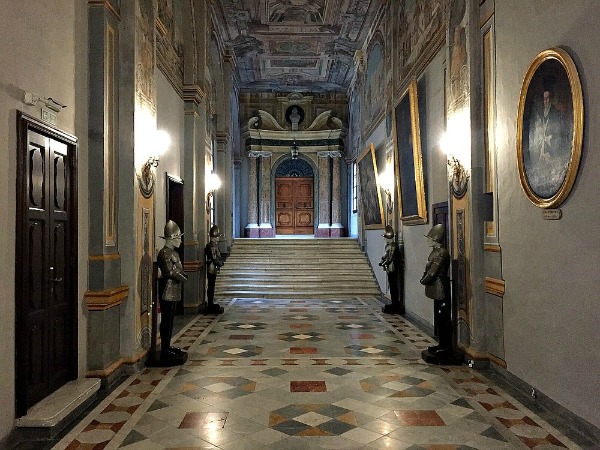
You are now on the first floor Piano Nobile. You have stepped into the corridor that used to lead to the former armoury. This corridor is one of the principal walkway linking the various halls of office. The corridor displays the glory of the Order of St. John through the portraits of various 17th century Grandmasters such as Alof de Wignacourt, Luis Mendes de Vasconcellos, Martin de Redin, Gregoria Carafa and Adrien de Wignacourt. And let’s not forget the magnificence ceiling of architectural paintings.
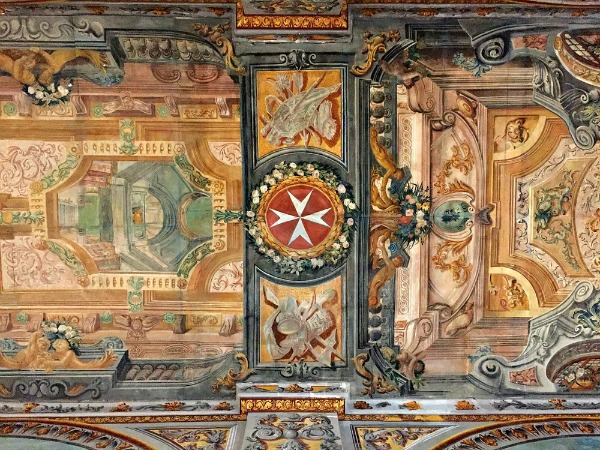
If you look carefully and you can spot the lunette painting (below) that belong to the late 19th century. Painted in 1887 these works represent Maltese landscapes such as St. Paul’s Bay, the megalithic temple of Hagar Qim as well as important buildings that date back to the Knights period such as Verdala Palace in Busket, Villa Spinola in St. Julian’s and many more. Can you recognise what’s on the painting below?
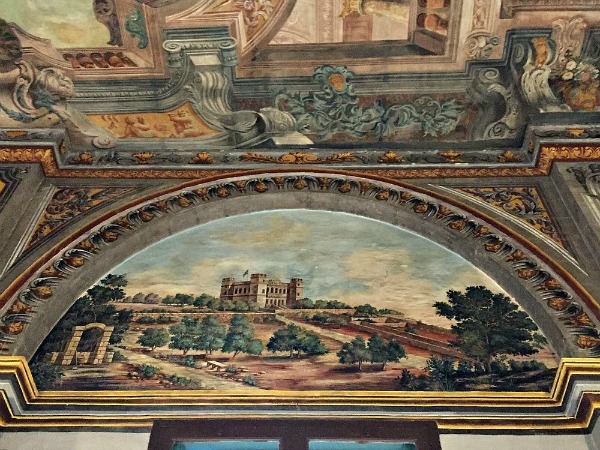
Attention should be also given to the marble floor, the varied coloured marble flooring commissioned by the governor John Gaspard Le Merchant in the mid 19th century actually covers once plain stone paved floor.
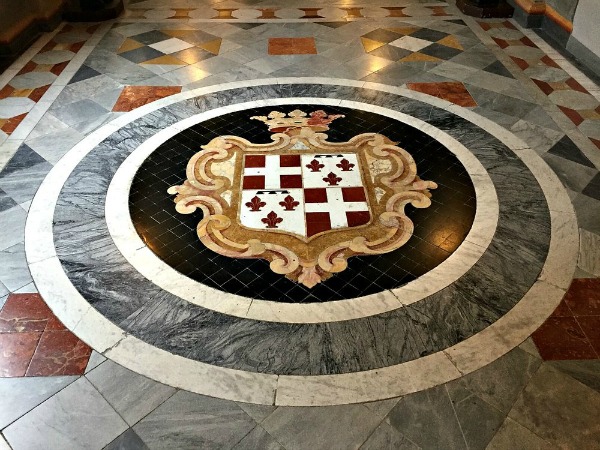
The Tapestry Chamber is situated in this corridor on the left, but photography is strictly forbidden. The Tapestry Chamber was built in the late 17th century to be used by the Supreme Chancellor of the Order of St. John. If you look up and you will see the richly coppered and painted wooden ceiling. There are 14 canvas paintings representing some of the orders victories at sea during the first half of the 17th century. The spectacular tapestries were a gift by Grand Master Roman Perellos y Roccaful for the embellishment of the Chamber shortly after his election in 1697. The complete set was a highly desired replica of a similar series in Versailles Palace.

Upon entering the Main Dining Room (above) you will surely be stroked by the magnificent full length portrait painting of Her Royal Highness Elisabeth II. Retaining its 19th century neo-classical decorative style, this hall is furnished with 18th century marble-top console tables.
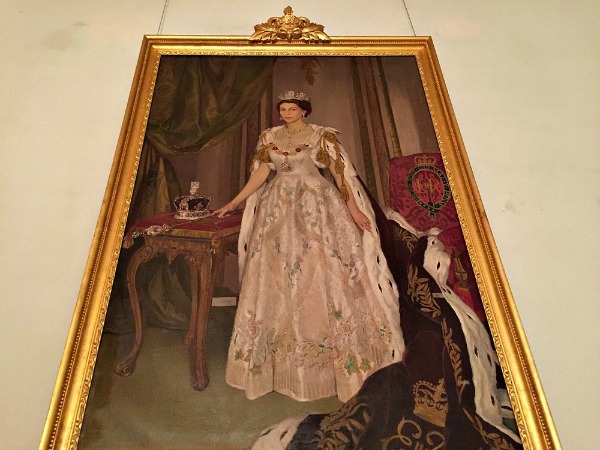
The Main Dining Room is decorated with portraits of the Maltese Heads of State who’ve led the nation ever since Malta became a republic in 1974. Below is the portrait of Sir Anthony Mamo, the very first president of Malta, who oversaw the smooth transition of the Maltese nation from the British Empire to an independent Republic.
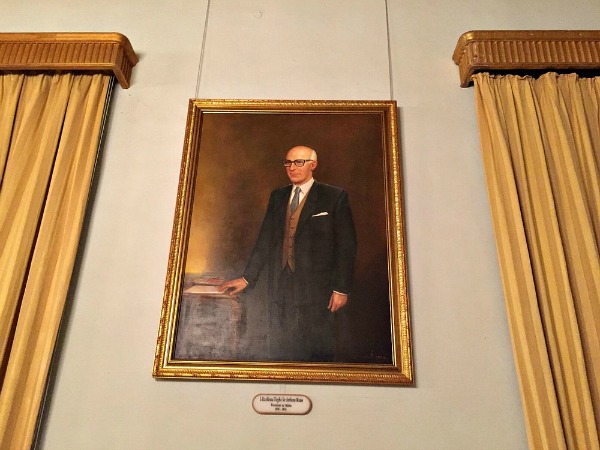
This is the Grand Chancellor Hall, which was the first hall marked for decoration in the Palace’s early history. It measures 26m x 11m and it’s the single largest state hall and it’s overlooking St. George’s Square. This hall was utilised during important gatherings.

The highlight of this hall is the cycle of the 1565 Great Siege fresco paintings by the Italian artist Matteo Perez de Alesio. This cycle illustrates the main events of the siege of Malta by the Turkish army between May and September 1565 in 12 episodes.

After you finish visiting the State Rooms you will return back to where you started. When you pass the reception area, you are immediately welcomed by the Grandmaster’s carriage. This is a luxury Berlin coach from the 1780s and it’s a French manufacture. Its original owner is unknown, but it was certainly used by the last Grandmaster of Malta Ferdinand von Hompesch. The carriage was formerly decorated in gold on the exterior and the interior would be finished in green velvet.
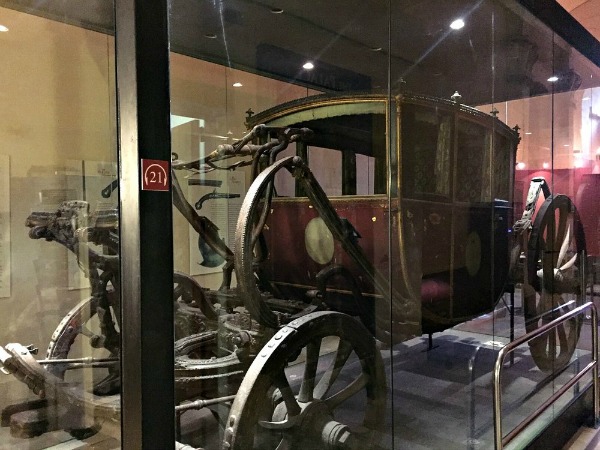
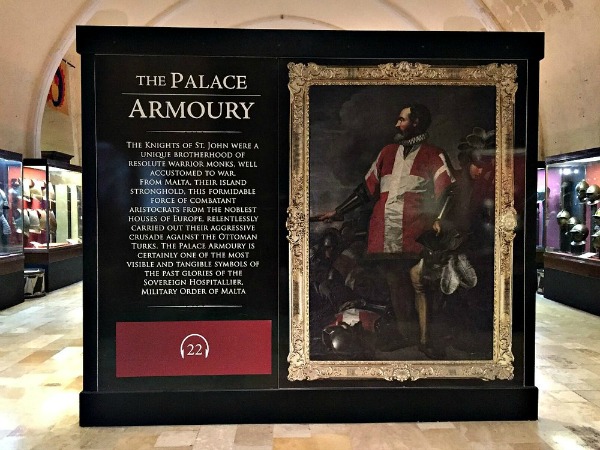
The Palace Armoury is one of the world’s largest collections of arms and armour. The Armoury was established inside the Palace by Grandmaster Alof de Wignacourt in 1604. It was officially open in 1860 as Malta’s first public museum.
What you can look forward to? The arms and armour used by the Knights of St. John between 1530 – 1798 and by the Ottoman Empire during the Great Siege of 1565. A vast selection of firearms as well as amour owned by Grand Master Alof de Wignacourt and Jean de La Vallette.
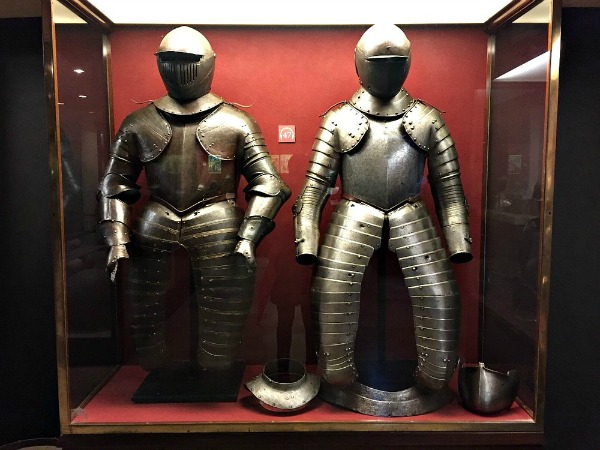
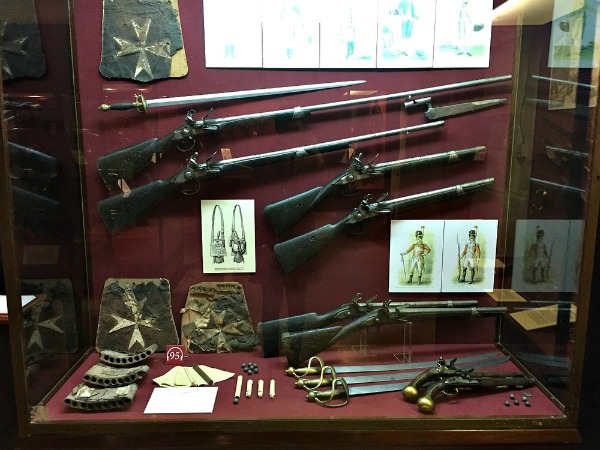
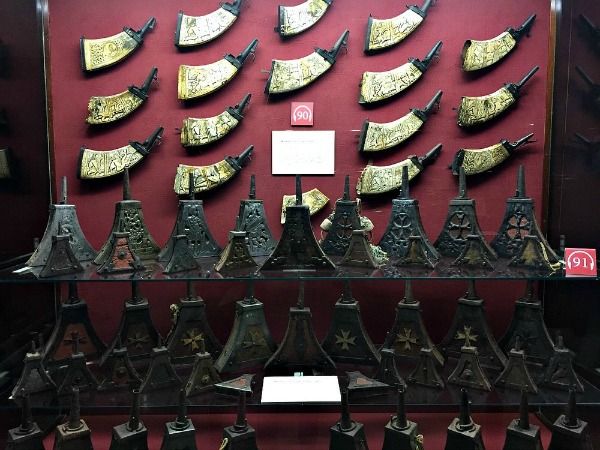
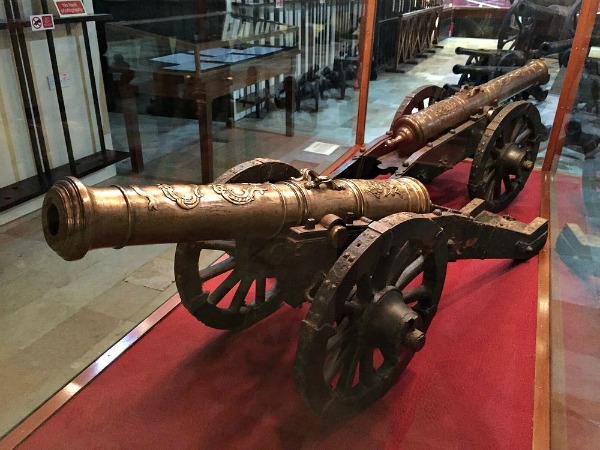
This superb 18th bronze gun (below) is perhaps the most impressive piece in this section. It was made in 1740 and it was lifted from the seabed in Marsaxlokk Bay in 1963.
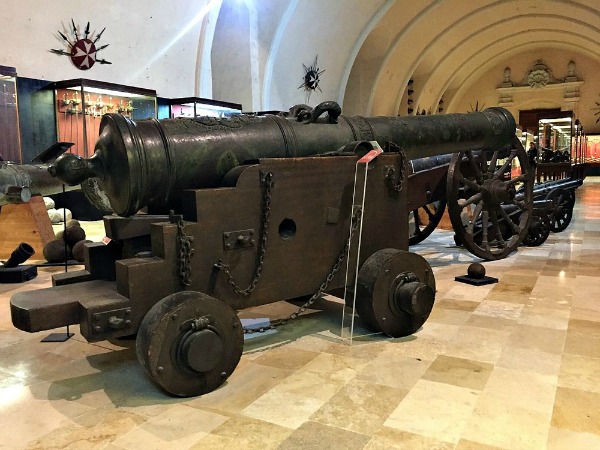
What you have seen is just a fraction of all the images I took. There is simply too much to see and also I have to keep something as a surprise for you once you visit yourself. I would recommend you allow at least 2 hours for the visit of the Grandmaster’s Palace in Valletta. The audio guide is very informative and if you are really interested, you can spent hours and hours admiring the State Rooms or the Palace Armoury. The entrance for both is €10.


